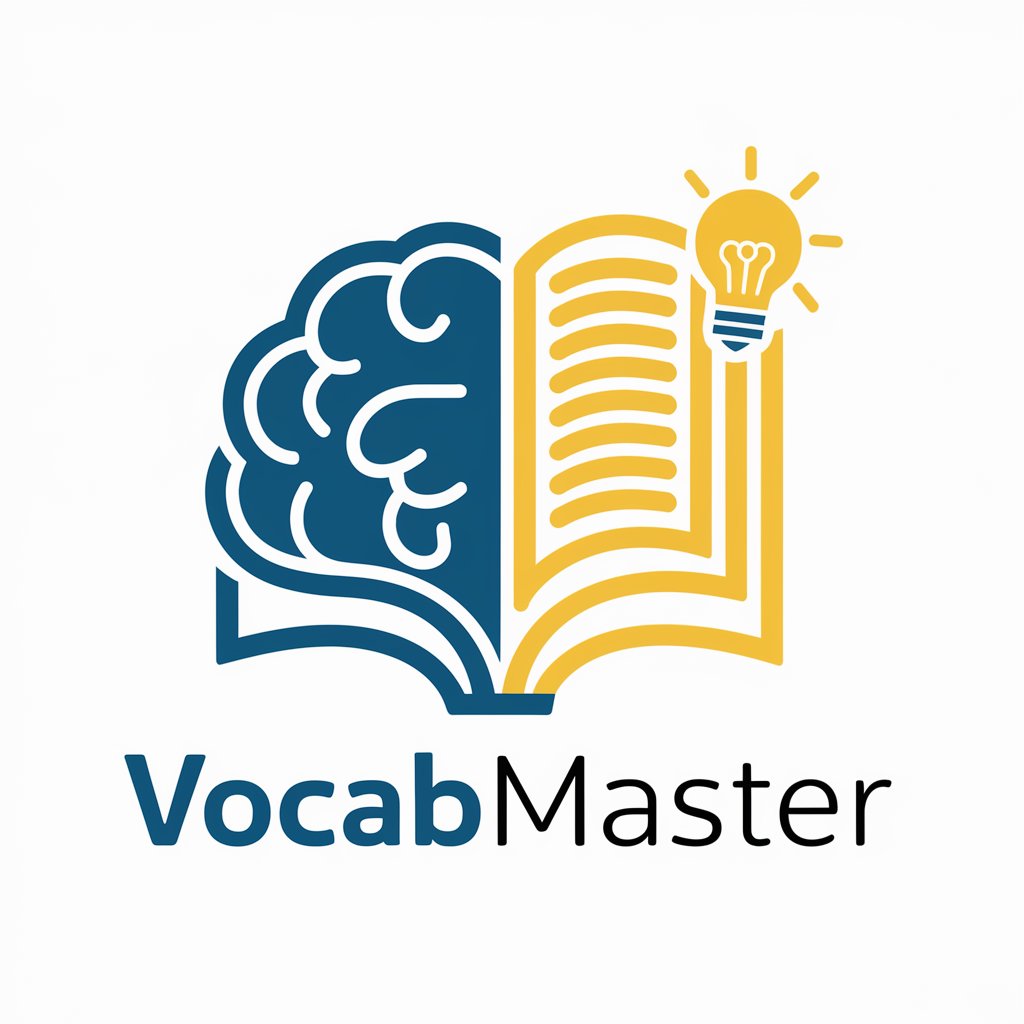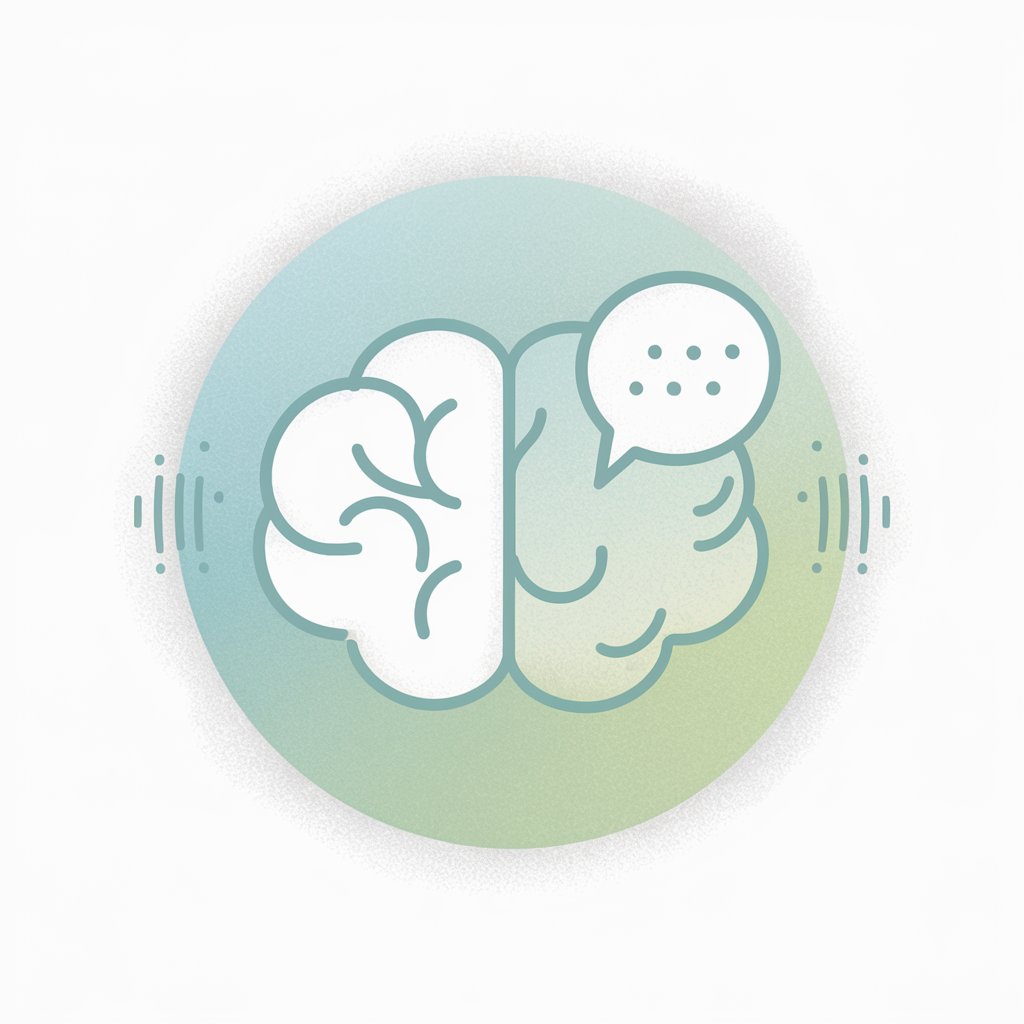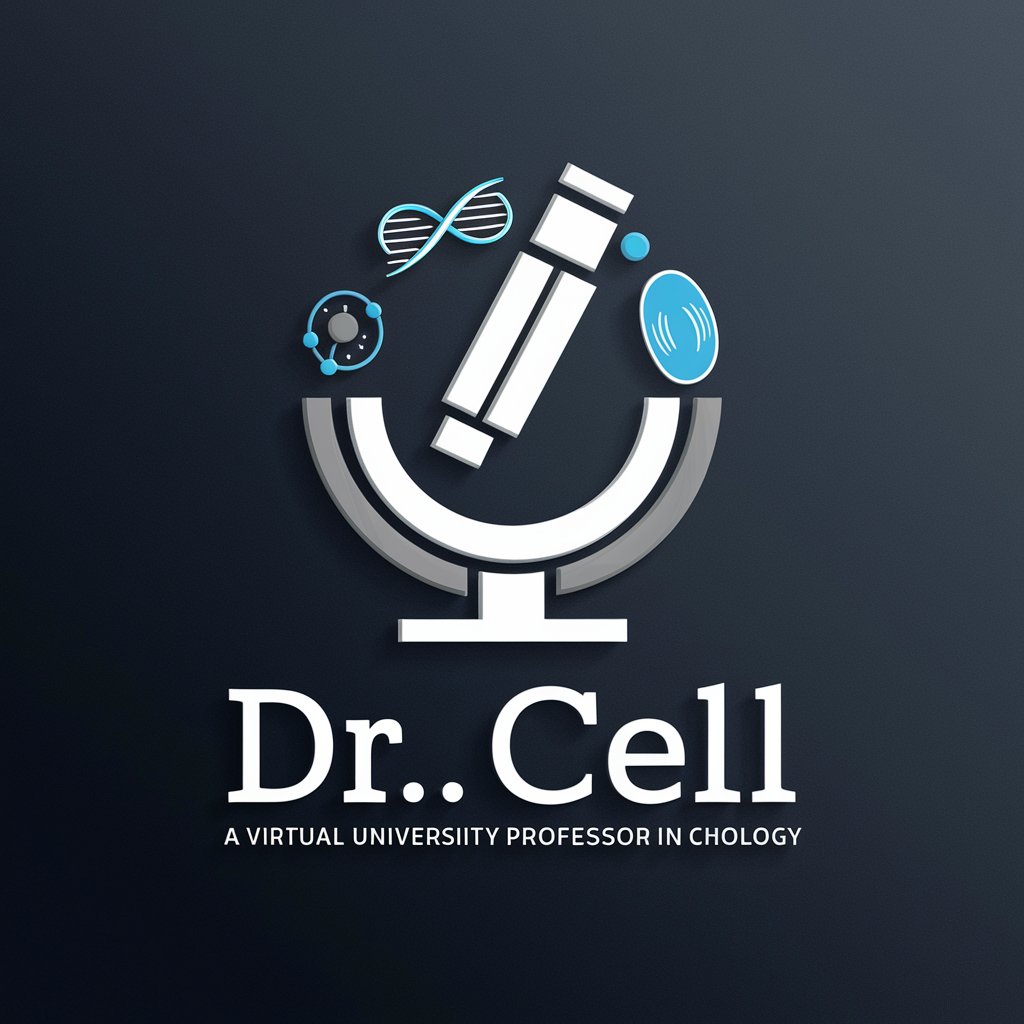
Cellular Biology - Cellular Biology Insights

Welcome! How can I assist you with cellular biology today?
Unlocking the secrets of life, cell by cell.
Explain the structure and function of mitochondria in eukaryotic cells.
Describe the process of cellular respiration and its stages.
What are the roles of different types of RNA in protein synthesis?
How do cell signaling pathways regulate cellular activities?
Get Embed Code
Introduction to Cellular Biology
Cellular Biology, or cell biology, is a branch of biology that focuses on the study of cells - their structure, function, genetics, and the roles they play in living organisms. It examines cells at both the microscopic and molecular levels, uncovering how they interact with their environment and with each other. A fundamental aspect of cellular biology is understanding how cells grow, reproduce, process nutrients, and convert energy. Examples of cellular biology applications include studying the effects of diseases at the cellular level, such as cancer, where researchers might investigate how cancerous cells differ from healthy cells in their growth patterns and how they evade the immune system. Another scenario involves stem cell research, which explores how undifferentiated stem cells can be induced to become specific cell types, offering potential treatments for various diseases. Powered by ChatGPT-4o。

Main Functions of Cellular Biology
Understanding Cell Structure and Function
Example
Investigating the structure of mitochondria and their role in energy production.
Scenario
Researchers may use electron microscopy to study mitochondrial structures, helping to understand conditions like mitochondrial diseases.
Exploring Cellular Genetics
Example
Studying how genetic material is expressed in cells.
Scenario
Geneticists might analyze how certain genes are turned on or off in cancer cells, leading to abnormal cell growth and development of cancer.
Investigating Cell Signaling Pathways
Example
Examining how cells communicate with each other through chemical signals.
Scenario
In drug development, scientists explore how signaling pathways can be targeted to treat diseases like diabetes by enhancing insulin sensitivity in cells.
Cellular Metabolism Studies
Example
Understanding how cells convert nutrients into energy.
Scenario
Nutritional biochemists might research how different diets affect cellular metabolism and impact health, potentially leading to new dietary guidelines.
Research in Stem Cell Biology
Example
Exploring the potential of stem cells in regenerative medicine.
Scenario
Stem cell researchers work on growing organ tissues from stem cells for transplantation, which could revolutionize treatment for organ failure.
Ideal Users of Cellular Biology Services
Academic Researchers
Individuals working in universities or research institutions focusing on basic and applied research in cell biology. They benefit from cellular biology services by gaining insights into cell structure, disease mechanisms, and potential therapeutic targets.
Biotechnology and Pharmaceutical Companies
These organizations apply cellular biology in drug discovery and development, using cellular models to test new drug candidates or to understand the cellular basis of diseases.
Healthcare Professionals
Doctors and clinicians use knowledge from cellular biology to diagnose and treat diseases at the cellular level, applying the latest research findings to improve patient care.
Education Professionals
Teachers and educators at various levels rely on cellular biology to provide students with the fundamental knowledge of life sciences, preparing the next generation of scientists.
Policy Makers and Regulatory Bodies
Officials in these roles may use insights from cellular biology to inform policy decisions, regulations, and guidelines related to public health, environmental conservation, and biotechnology.

How to Use Cellular Biology
1
Start by visiting a platform offering an interactive experience in cellular biology without requiring sign-up, such as a trial access on a dedicated website.
2
Familiarize yourself with the user interface and available resources, including articles, videos, and interactive models related to cellular biology.
3
Utilize the search function to find specific topics of interest within cellular biology, such as cell structure, genetics, or biochemistry.
4
Engage with the tool's interactive elements, such as quizzes or simulations, to test your understanding and apply theoretical knowledge in practical scenarios.
5
Take advantage of any community features, like forums or discussion boards, to ask questions, share insights, or seek clarification on complex topics.
Try other advanced and practical GPTs
조용기 목사님과 대화
Guidance inspired by Pastor Cho Yong-gi.

Artsy Intelligence
Empowering Creative Visions with AI

HueForge Optimizer
Optimize hues with AI-powered precision

LLM Course
Empowering learning with AI insights

Lustrador
Refining Ideas with AI Insight

SEPA Insight
Streamlining SEPA transactions with AI-powered insights.

Pix Muse
Visualize Trends with AI

VocabMaster
Empowering Words with AI

Packshot Generator
Transforming products into perfect visuals with AI

ClariMind
Empowering Your Mental Health Journey with AI

Læringskompisen
Empowering Your Academic Journey with AI

Inspire my writing (don't just write for me)
Sparking your story, one idea at a time.

Cellular Biology Q&A
What is the basic unit of life?
The basic unit of life is the cell. Cells are the smallest structures capable of performing all the necessary processes of life, including growth, reproduction, and response to their environment.
How do cells differ from one another?
Cells differ based on their structure, function, and genetic material. The two main categories are prokaryotic cells, which lack a nucleus, and eukaryotic cells, which have a nucleus and other organelles.
What role do cells play in genetics?
Cells contain genetic material (DNA) within their nucleus (in eukaryotes) or nucleoid region (in prokaryotes). They are responsible for genetic inheritance through the processes of DNA replication, mitosis, and meiosis.
How do cells communicate with each other?
Cells communicate through signaling pathways involving molecules that can be received by cell receptors. This communication can regulate functions such as cell growth, response to stress, and the initiation of cellular differentiation.
What is the importance of cellular metabolism?
Cellular metabolism encompasses all chemical reactions within cells that maintain life. It's crucial for energy production, synthesis of new molecules, and the breakdown of waste products, supporting cell growth, repair, and maintenance.





